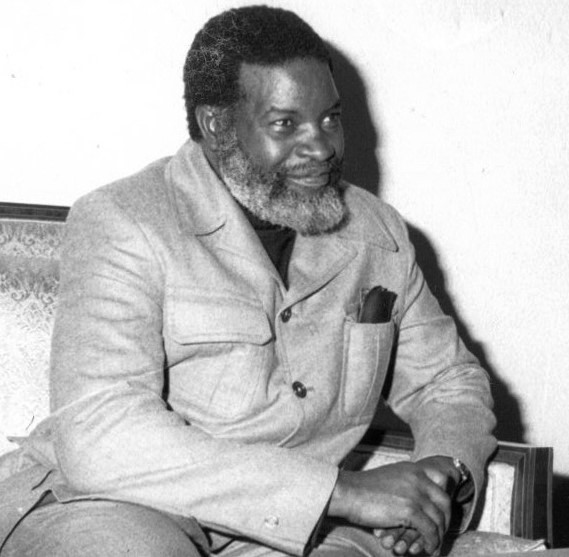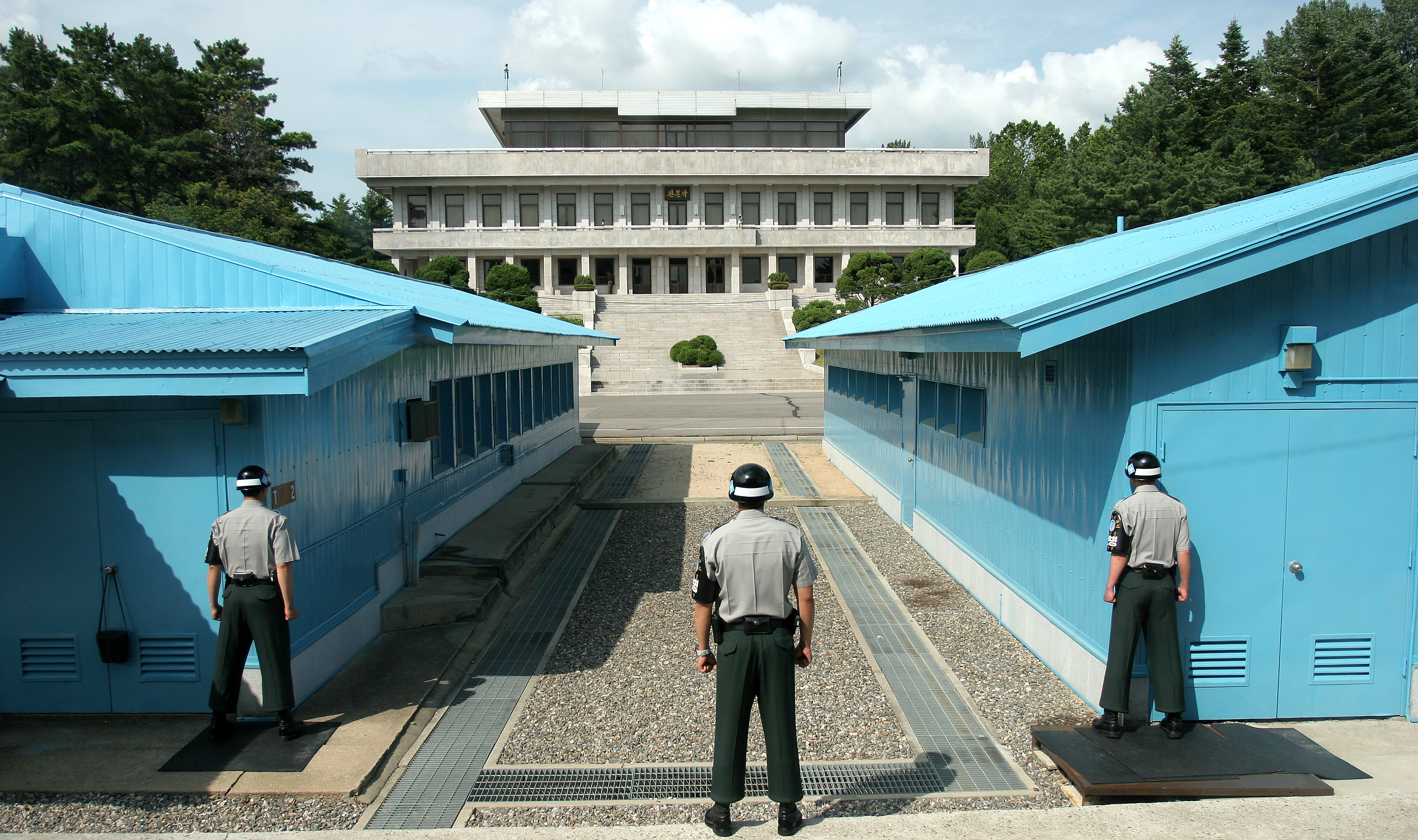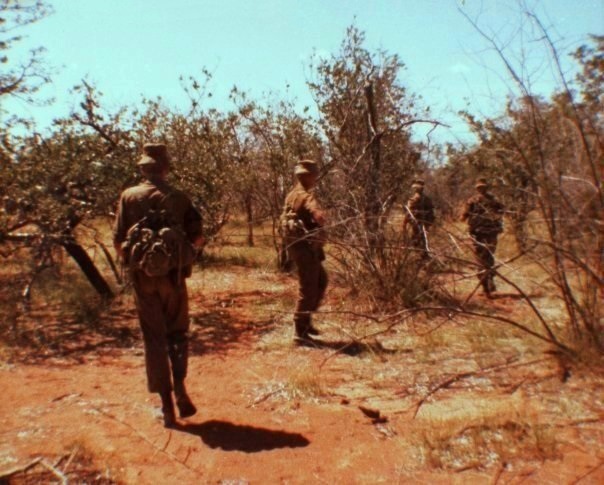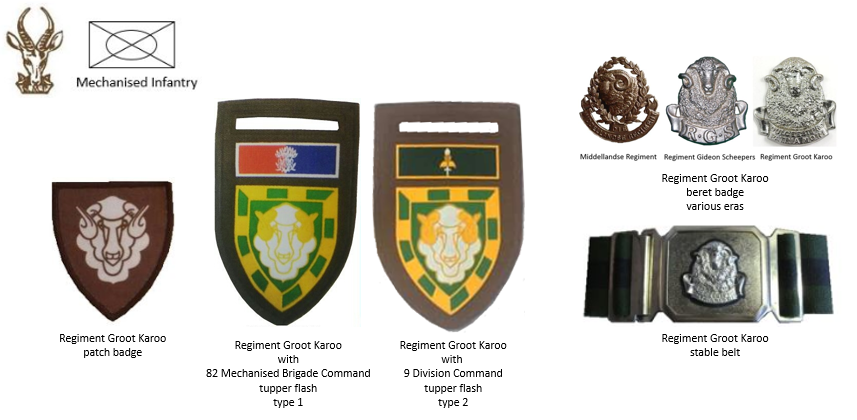|
Operation Dolfyn
Operation Dolfyn () was a military operation in Angola from May 1983 by the South African Defence Force (SADF) during the Angolan Civil War and South African Border War. Background The aim of the operation locate and destroy the People's Liberation Army of Namibia (PLAN) Eastern Command headquarters which was thought to be north of Cuvelai as well any other bases in the area. The operation took place during May and June 1983 and consisted of many small contacts. Forces were divided into ''Task Force West'' under command of Col. Linford and ''Task Force East'' was under command of Col. Phillip Lloyd. Each task force was allocated an Air Force MOATMOAT: Mobile Airborne Operations Team. with each MOAT having two Alouette Gunships plus one Alouette troop carrier helicopter under their command. The operation ended at the beginning of July. The town of Cuvelai would again be the target of the SADF during Operation Askari at the end of December 1983. Order of Battle for SADF The SA ... [...More Info...] [...Related Items...] OR: [Wikipedia] [Google] [Baidu] |
South African Border War
The South African Border War, also known as the Namibian War of Independence, and sometimes denoted in South Africa as the Angolan Bush War, was a largely asymmetric conflict that occurred in Namibia (then South West Africa), Zambia, and Angola from 26 August 1966 to 21 March 1990. It was fought between the South African Defence Force (SADF) and the People's Liberation Army of Namibia (PLAN), an armed wing of the South West African People's Organisation (SWAPO). The South African Border War was closely intertwined with the Angolan Civil War. Following several years of unsuccessful petitioning through the United Nations and the International Court of Justice for Namibian independence from South Africa, SWAPO formed the PLAN in 1962 with material assistance from the Soviet Union, China, and sympathetic African states such as Tanzania, Ghana, and Algeria. Fighting broke out between PLAN and the South African security forces in August 1966. Between 1975 and 1988, the SADF staged m ... [...More Info...] [...Related Items...] OR: [Wikipedia] [Google] [Baidu] |
61 Mechanised Infantry Battalion Group
61 Mechanised Battalion Group was a Battlegroup (army), unit of the South African Infantry Corps; although it was classed as mechanized infantry, it was a combined arms force consisting of infantry, armour and artillery. History Combat Group Juliet General Constand Viljoen, Chief of the Army, formulated a plan in 1978 to introduce a mechanized combat group to Ovamboland in the then South West Africa, to conduct operations against SWAPO. Combat Group Juliet was then formed under the command of Commandant Frank Bestbier. Operation Reindeer The Battle Group first saw action in Operation Reindeer in early May 1978, launching an attack on SWAPO's Western Front headquarters and logistics base, at Chetequera, 15 km north of the South West African border, with a mechanized assault force. This attack formed part of Operation Reindeer during which paratroopers attacked a separate target at Cassinga, some 300 km into Angola. After Operation Reindeer it was decided to establish a ... [...More Info...] [...Related Items...] OR: [Wikipedia] [Google] [Baidu] |
May 1983 In Africa
May is the fifth month of the year in the Julian and Gregorian calendars. Its length is 31 days. May is a month of spring in the Northern Hemisphere, and autumn in the Southern Hemisphere. Therefore, May in the Southern Hemisphere is the seasonal equivalent of November in the Northern Hemisphere and vice versa. Late May typically marks the start of the summer vacation season in the United States (Memorial Day) and Canada (Victoria Day) that ends on Labor Day, the first Monday of September. May (in Latin, ''Maius'') was named for the Greek goddess Maia, who was identified with the Roman era goddess of fertility, Bona Dea, whose festival was held in May. Conversely, the Roman poet Ovid provides a second etymology, in which he says that the month of May is named for the ''maiores,'' Latin for "elders", and that the following month (June) is named for the ''iuniores,'' or "young people" (''Fasti VI.88''). Eta Aquariids meteor shower appears in May. It is visible from about A ... [...More Info...] [...Related Items...] OR: [Wikipedia] [Google] [Baidu] |
1983 In South Africa
The following lists events that happened during 1983 in South Africa. Incumbents * State President of South Africa, State President: Marais Viljoen.Archontology.org: A Guide for Study of Historical Offices: South Africa: Heads of State: 1961-1994 (Accessed on 14 April 2017) * Prime Minister of South Africa, Prime Minister: P. W. Botha, P.W. Botha. * Chief Justice of South Africa, Chief Justice: Pieter Jacobus Rabie. Events ;January * 26 – One person is killed and five injured by a bomb that explodes at the New Brighton Community Council offices. * 30 – A bomb explodes at the Pietermaritzburg Supreme Court. * Dieter Gerhardt is arrested by the FBI in New York (state), New York. ;February * 7 – Cedric ...[...More Info...] [...Related Items...] OR: [Wikipedia] [Google] [Baidu] |
1983 In Angola
1983 saw both the official beginning of the Internet and the first mobile cellular telephone call. Events January * January 1 – The migration of the ARPANET to TCP/IP is officially completed (this is considered to be the beginning of the true Internet). * January 6 – Pope John Paul II appoints a bishop over the Czechoslovak exile community, which the ''Rudé právo'' newspaper calls a "provocation." This begins a year-long disagreement between the Czechoslovak Socialist Republic and the Vatican, leading to the eventual restoration of diplomatic relations between the two states. * January 14 – The head of Bangladesh's military dictatorship, Hussain Muhammad Ershad, announces his intentions to "turn Bangladesh into an Islamic state." * January 18 – U.S. Secretary of the Interior James G. Watt makes controversial remarks blaming poor living conditions on Native American reservations on "the failures of socialism." Watt will eventually resign in September after a series o ... [...More Info...] [...Related Items...] OR: [Wikipedia] [Google] [Baidu] |
Battles And Operations Of The South African Border War
A battle is an occurrence of combat in warfare between opposing military units of any number or size. A war usually consists of multiple battles. In general, a battle is a military engagement that is well defined in duration, area, and force commitment. An engagement with only limited commitment between the forces and without decisive results is sometimes called a skirmish. The word "battle" can also be used infrequently to refer to an entire operational campaign, although this usage greatly diverges from its conventional or customary meaning. Generally, the word "battle" is used for such campaigns if referring to a protracted combat encounter in which either one or both of the combatants had the same methods, resources, and strategic objectives throughout the encounter. Some prominent examples of this would be the Battle of the Atlantic, Battle of Britain, and the Battle of France, all in World War II. Wars and military campaigns are guided by military strategy, whereas ba ... [...More Info...] [...Related Items...] OR: [Wikipedia] [Google] [Baidu] |
Cross-border Operations Of South Africa
Borders are generally defined as geographical boundaries, imposed either by features such as oceans and terrain, or by political entities such as governments, sovereign states, federated states, and other subnational entities. Political borders can be established through warfare, colonization, or mutual agreements between the political entities that reside in those areas. Some borders—such as most states' internal administrative borders, or inter-state borders within the Schengen Area—are open and completely unguarded. Most external political borders are partially or fully controlled, and may be crossed legally only at designated border checkpoints; adjacent border zones may also be controlled. For the purposes of border control, airports and seaports are also classed as borders. Most countries have some form of border control to regulate or limit the movement of people, animals, and goods into and out of the country. Under international law, each country is generally permitt ... [...More Info...] [...Related Items...] OR: [Wikipedia] [Google] [Baidu] |
Military History Of Angola
The military history of Angola is marked by a series of conflicts rooted in tribal conflicts, colonialism and the Cold War. During the Cold War, Angola was involved in struggles between Western powers and South Africa with the help of the Soviet Union and Cuba. Establishment of Angola Colony In 1655 the Portuguese Empire established its colony in present-day Angola with the help of the Kingdom of Kongo. During this time period the relation of the Portuguese Empire with the Kingdom of Kongo lead to conflicts that would weaken Kongo. The Battle of Mbwila was a small war between the Portuguese Empire in Angola against the Kingdom of Kongo. Despite the size of the conflict, the death of António I of Kongo by the Portuguese lead to the Kongo Civil War. Kongo Civil War The Kongo Civil War was an internal conflict between rival House of Kinlaza against the House of Kimpanzuof in the Kingdom of Kongo. Numerous other factions got involved in the conflict including the Portuguese Empire ... [...More Info...] [...Related Items...] OR: [Wikipedia] [Google] [Baidu] |
Conflicts In 1983
Conflict may refer to: Social sciences * Conflict (process), the general pattern of groups dealing with disparate ideas * Conflict continuum from cooperation (low intensity), to contest, to higher intensity (violence and war) * Conflict of interest, involvement in multiple interests which could possibly corrupt the motivation or decision-making * Cultural conflict, a type of conflict that occurs when different cultural values and beliefs clash * Ethnic conflict, a conflict between two or more contending ethnic groups * Group conflict, conflict between groups * Intragroup conflict, conflict within groups * Organizational conflict, discord caused by opposition of needs, values, and interests between people working together * Role conflict, incompatible demands placed upon a person such that compliance with both would be difficult * Social conflict, the struggle for agency or power in something * Work–family conflict, incompatible demands between the work and family rol ... [...More Info...] [...Related Items...] OR: [Wikipedia] [Google] [Baidu] |
44 Parachute Brigade (South Africa)
44 Parachute Brigade was a combined forces brigade include air assault infantry and paratrooper of the South African Army. It was founded on 20 April 1978, by Colonel Jan Breytenbach, following the disbandment of 1 SA Corps and the battle of Cassinga. Upon formation, the brigade was commanded by Brigadier M. J. du Plessis, who was assigned the task of establishing by working with the Parachute Staff Officer, Colonel Jan Breytenbach. At the time du Plessis was the commanding officer of the Orange Free State Command (OFS Cmd) and had previous experience serving in 1 Parachute Battalion. Breytenbach had also been a member of 1 Parachute Battalion and had also founded the South African Special Forces Brigade and 32 Battalion (South Africa), 32 Battalion. The location that was chosen for the brigade's headquarters was in the lines of the Orange Free State Command, OFS Cmd Headquarters, next to the old Tempe Airfield in Bloemfontein. The brigade's units initially consisted of two Citize ... [...More Info...] [...Related Items...] OR: [Wikipedia] [Google] [Baidu] |
South African Defence Force
The South African Defence Force (SADF) (Afrikaans: ''Suid-Afrikaanse Weermag'') comprised the armed forces of South Africa from 1957 until 1994. Shortly before the state reconstituted itself as a republic in 1961, the former Union Defence Force was officially succeeded by the SADF, which was established by the Defence Act (No. 44) of 1957. The SADF, in turn, was superseded by the South African National Defence Force in 1994. Mission and structure The SADF was organised to perform a dual mission: to counter possible insurgency in all forms, and to maintain a conventional military arm which could defend the republic's borders, making retaliatory strikes as necessary. As the military expanded during the 1970s, the SADF general staff was organised into six sections—finance, intelligence, logistics, operations, personnel, and planning; uniquely, the South African Medical Service (SAMS) was made co-equal with the South African Army, the South African Navy and the South Africa ... [...More Info...] [...Related Items...] OR: [Wikipedia] [Google] [Baidu] |
Regiment Groot Karoo
Regiment Groot Karoo was an infantry battalion of the South African Army. As a reserve force unit, it had a status roughly equivalent to that of a British Army Reserve or United States Army National Guard unit. History Origin Regiment Groot Karoo was established in 1934 as one of the new Afrikaans language Citizen Force units of the Union Defence Force. Regiment Groot Karoo has changed its name over its operational lifespan, it was initially referred to as the Middellandse Regiment, then Regiment Gideon Scheepers and finally the regiment Groot Karoo. The Middellandse Regiment was established as an infantry battalion with Lieutenant Colonel H.T.v.G. Bekker as its first commanding officer. The regiment was garrisoned in Craddock, but had sections at Graaf Reinet, Steynsburg, Burgersdorp Burgersdorp is a medium-sized town in Walter Sisulu in the Joe Gqabi District Municipality of the Eastern Cape province of South Africa. In 1869 a Theological Seminary was established ... [...More Info...] [...Related Items...] OR: [Wikipedia] [Google] [Baidu] |








